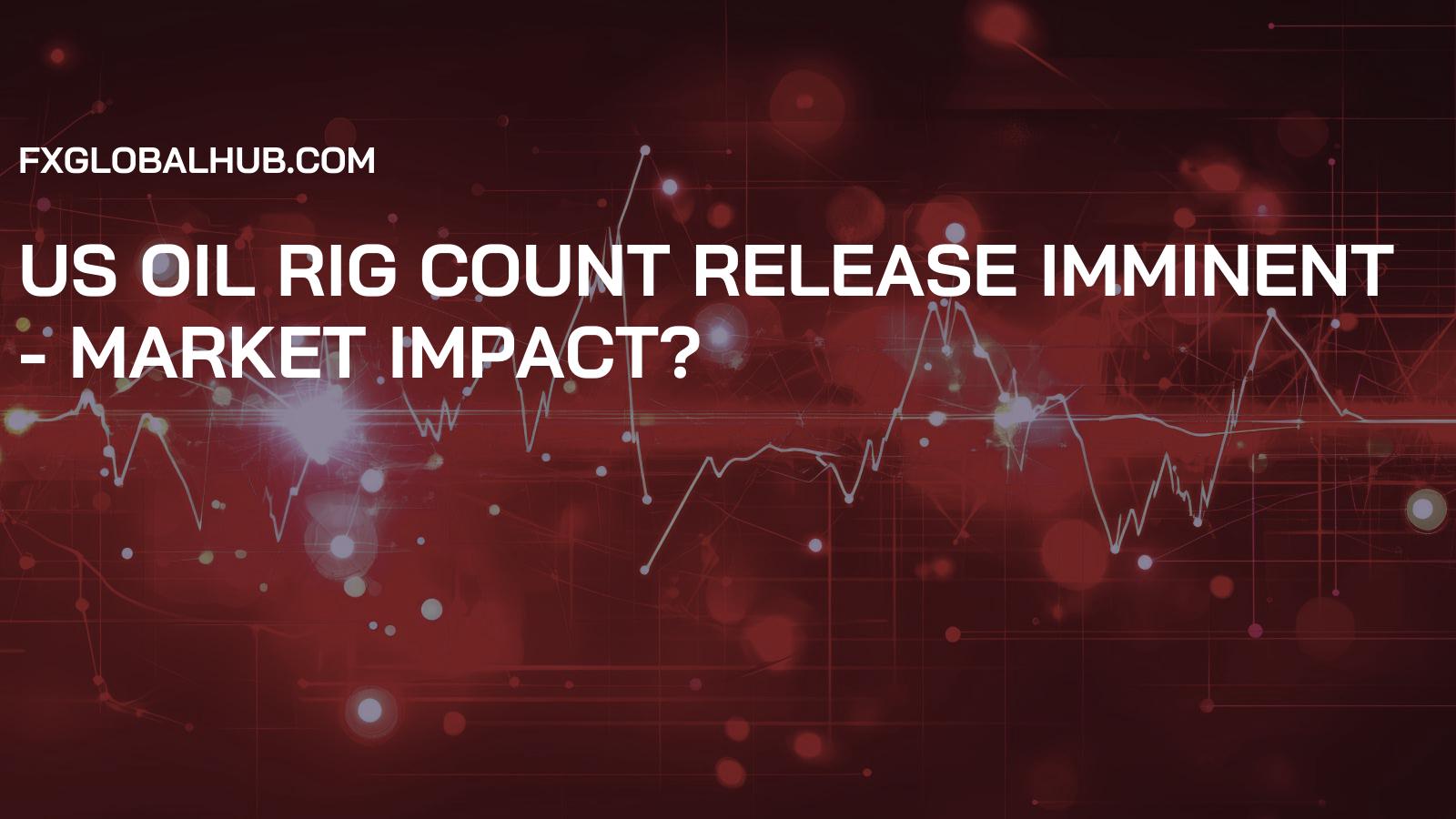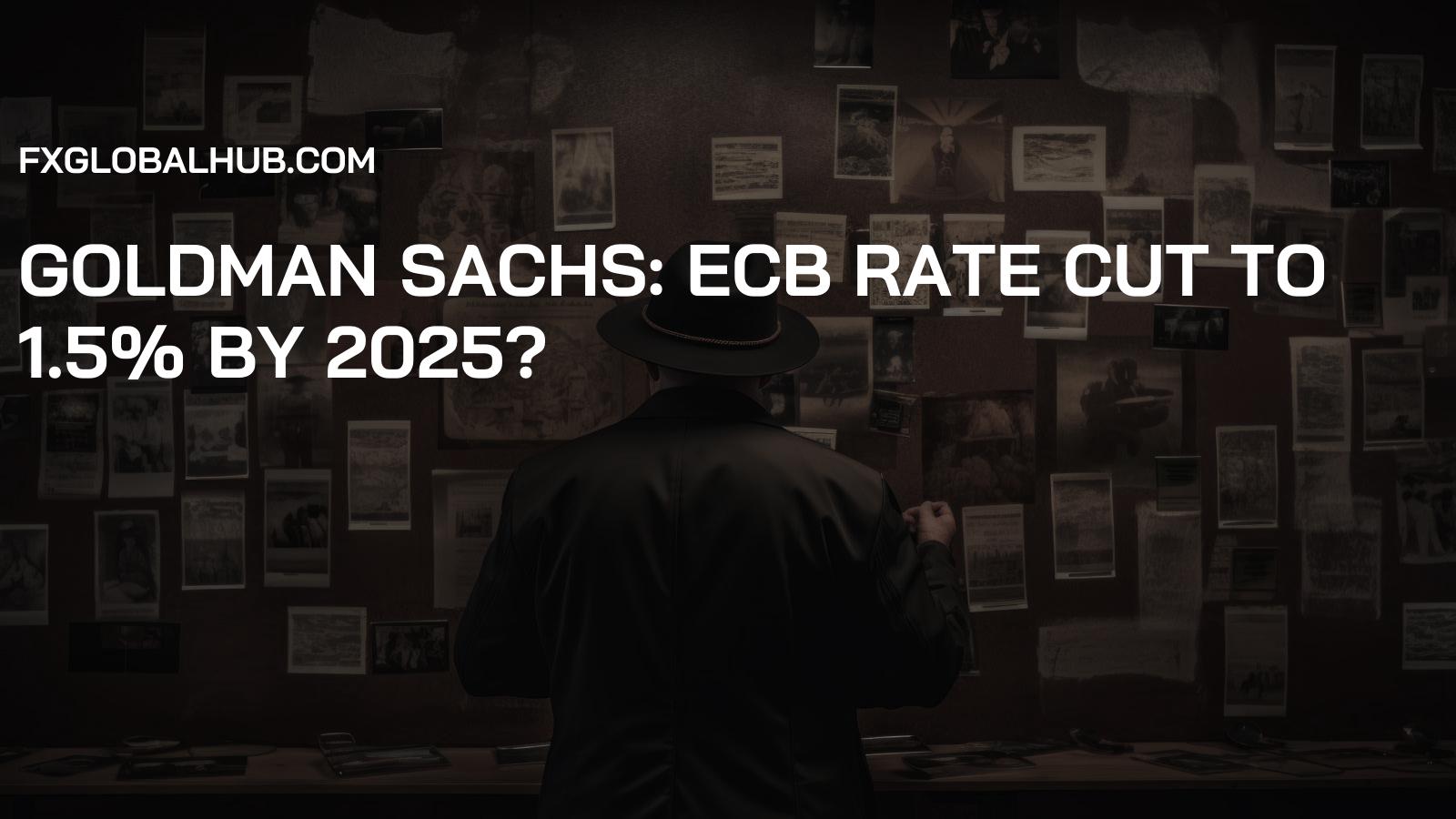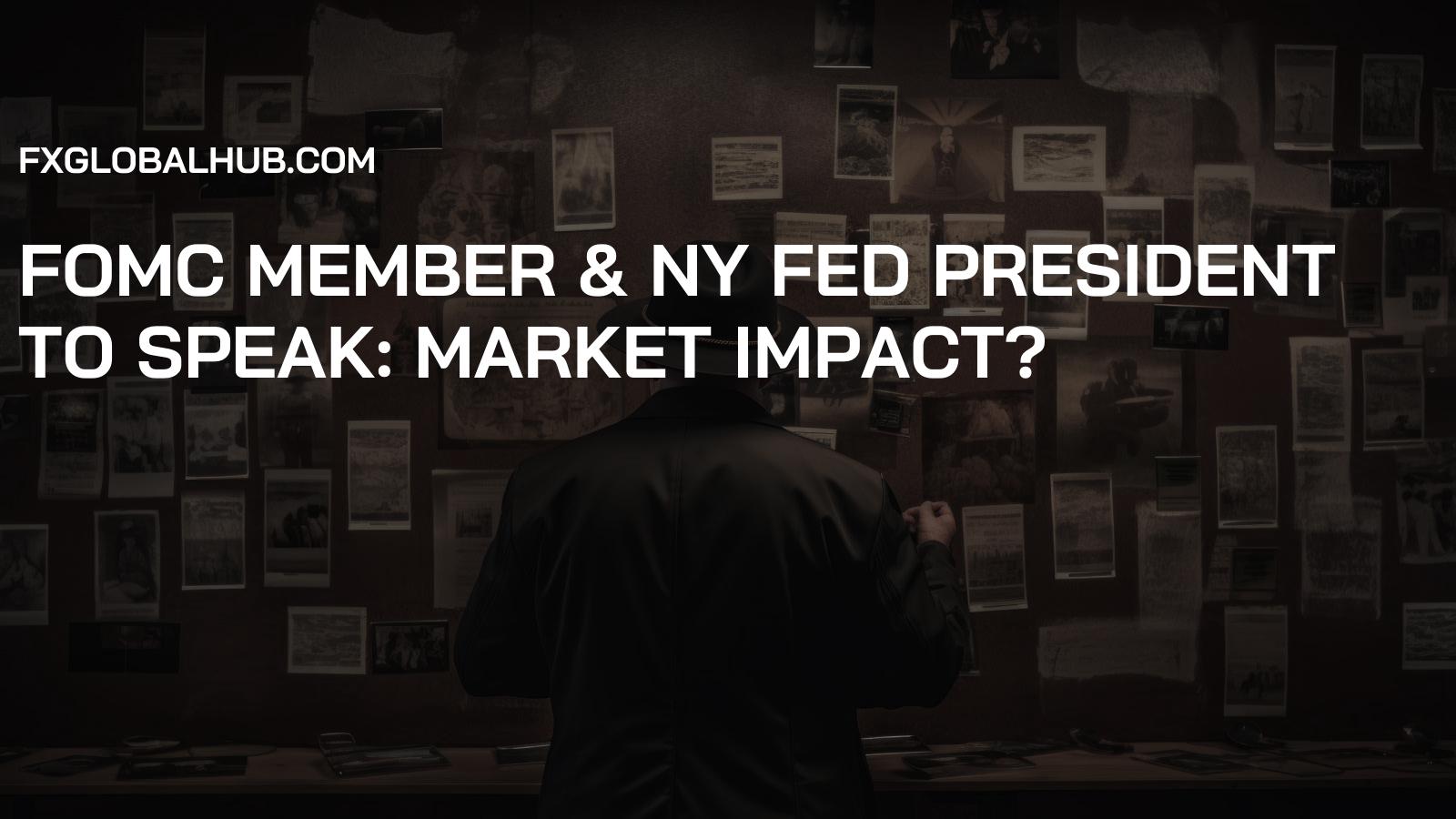FxGlobalHub: Trump Urges Fed's Powell to Cut Interest Rates: Best Time Now!
Updated: 2025/04/04 22:10:10
President Trump advocates for Federal Reserve Chair Powell to cut interest rates, citing favorable economic conditions. Explore the potential impact on the US dollar, gold prices, and the overall financial market. Understand key terms like interest rates, monetary policy, and inflation.
Trump's Call for Rate Cuts
President Donald Trump has once again publicly urged Federal Reserve Chairman Jerome Powell to cut interest rates. Trump believes that current economic conditions are ideal for such a move, arguing that lower rates would further stimulate growth and benefit the American economy.
Current Economic Context
The US economy has shown resilience in recent months, with steady job growth and relatively low unemployment. However, inflation remains a concern for the Fed. The current inflation rate is hovering around the Fed's target of 2%, but some economists worry that it could rise further, potentially necessitating rate hikes instead of cuts.
The Fed's Independence
The Federal Reserve is designed to be an independent body, insulated from political pressure. This independence is crucial for maintaining credibility and making decisions based solely on economic data and forecasts. Trump's repeated calls for rate cuts have raised questions about the Fed's independence and whether political considerations might influence monetary policy.
Potential Impact on the US Dollar
A cut in interest rates typically weakens the US dollar. Lower rates make dollar-denominated assets less attractive to foreign investors, reducing demand for the currency. A weaker dollar can boost exports, as American goods become cheaper for foreign buyers. However, it can also lead to higher import prices, potentially fueling inflation.
Impact on Gold Prices
Lower interest rates tend to be positive for gold prices. Gold is a non-yielding asset, meaning it doesn't pay interest or dividends. When interest rates are low, the opportunity cost of holding gold decreases, making it a more attractive investment. Additionally, a weaker dollar, which often accompanies rate cuts, also supports gold prices, as gold is typically priced in dollars.
Understanding Monetary Policy
Monetary policy refers to actions undertaken by a central bank to manipulate the money supply and credit conditions to stimulate or restrain economic activity. The Fed's primary tools for monetary policy include setting the federal funds rate (the target rate that banks charge each other for overnight lending), adjusting reserve requirements for banks, and conducting open market operations (buying or selling government securities). Changes to these tools impact borrowing costs for consumers and businesses and subsequently influence spending, investment, and overall economic growth. Tightening monetary policy (raising rates) combats inflation by slowing economic activity, while loosening monetary policy (lowering rates) aims to boost growth during slowdowns.
Inflation: A Deeper Dive
Inflation is a general increase in the prices of goods and services in an economy over a period of time. It erodes purchasing power, meaning each unit of currency buys fewer goods and services. Inflation can be caused by a variety of factors, including increased demand (demand-pull inflation), rising production costs (cost-push inflation), and increases in the money supply. Central banks closely monitor inflation and use monetary policy tools to keep it within a desired range. High inflation can destabilize an economy, leading to uncertainty and reduced investment.
Comparison to Last Year's Data
Comparing current economic data to the same period last year provides valuable insights into the economy's trajectory. For example, if GDP growth is higher this year than last year, it indicates an accelerating economy. Similarly, if unemployment is lower this year, it suggests an improving labor market. Analyzing these year-over-year changes helps economists and policymakers assess the effectiveness of current policies and make informed decisions about future actions. Specifically, comparing interest rates to the previous year helps determine if current monetary policy is more restrictive or accommodative, which influences investment and growth decisions for businesses.
Future Outlook
The future direction of interest rates remains uncertain. The Fed will likely continue to monitor economic data closely, including inflation, employment, and GDP growth, to determine the appropriate course of action. Trump's continued pressure on the Fed adds another layer of complexity to the situation, as the Fed must balance political considerations with its mandate to maintain price stability and full employment.
Fed's Collins Signals Readiness to Stabilize Markets
2025/04/12 00:41:27

US Oil Rig Count Drops to 480: What Does It Mean?
2025/04/12 00:02:21

US Oil Rig Count Release Imminent - Market Impact?
2025/04/11 23:50:40

Goldman Sachs: ECB Rate Cut to 1.5% by 2025?
2025/04/11 22:59:30

US & Ukraine Restart Mineral Deal Talks: New York Times Report
2025/04/11 22:28:10

FOMC Member & NY Fed President to Speak: Market Impact?
2025/04/11 21:50:30

Silver Spot Price Jumps 2.00% to $31.83: What's Driving the Rally?
2025/04/11 21:33:29

Michigan University: Unemployment Fears Highest Since 2009 | US Economy
2025/04/11 21:07:15
